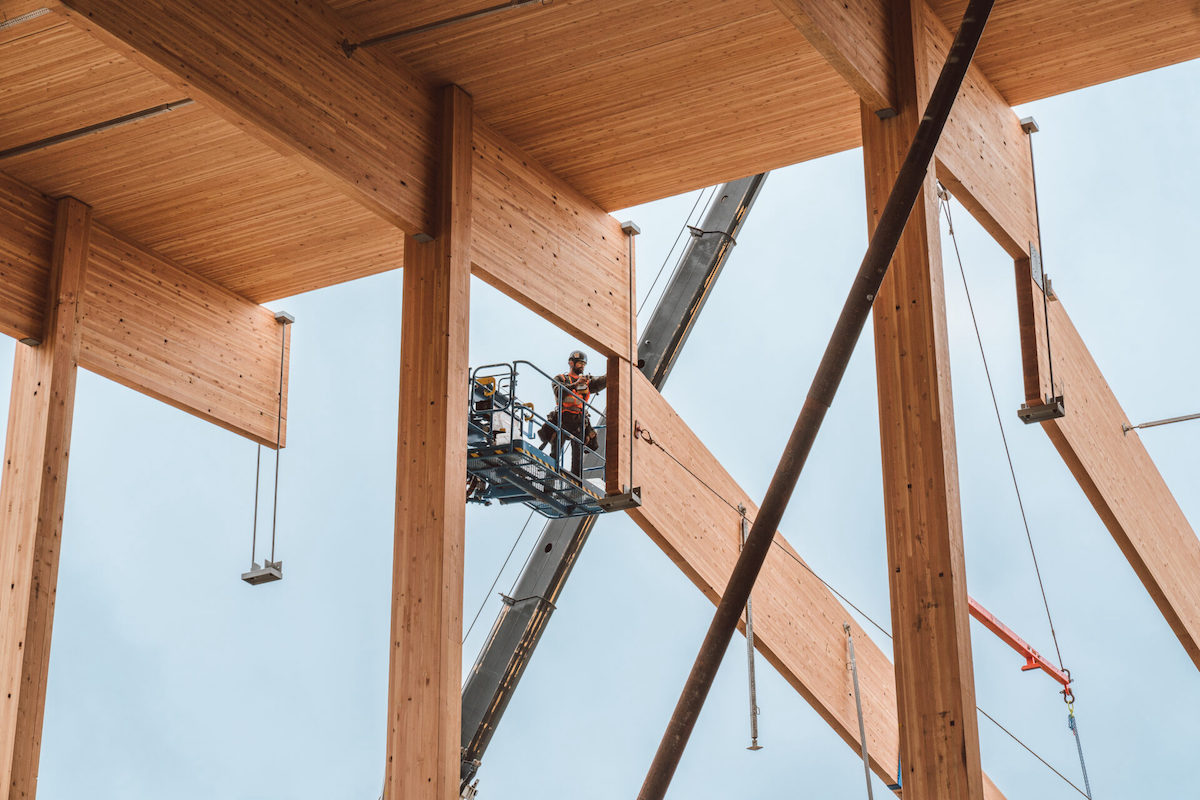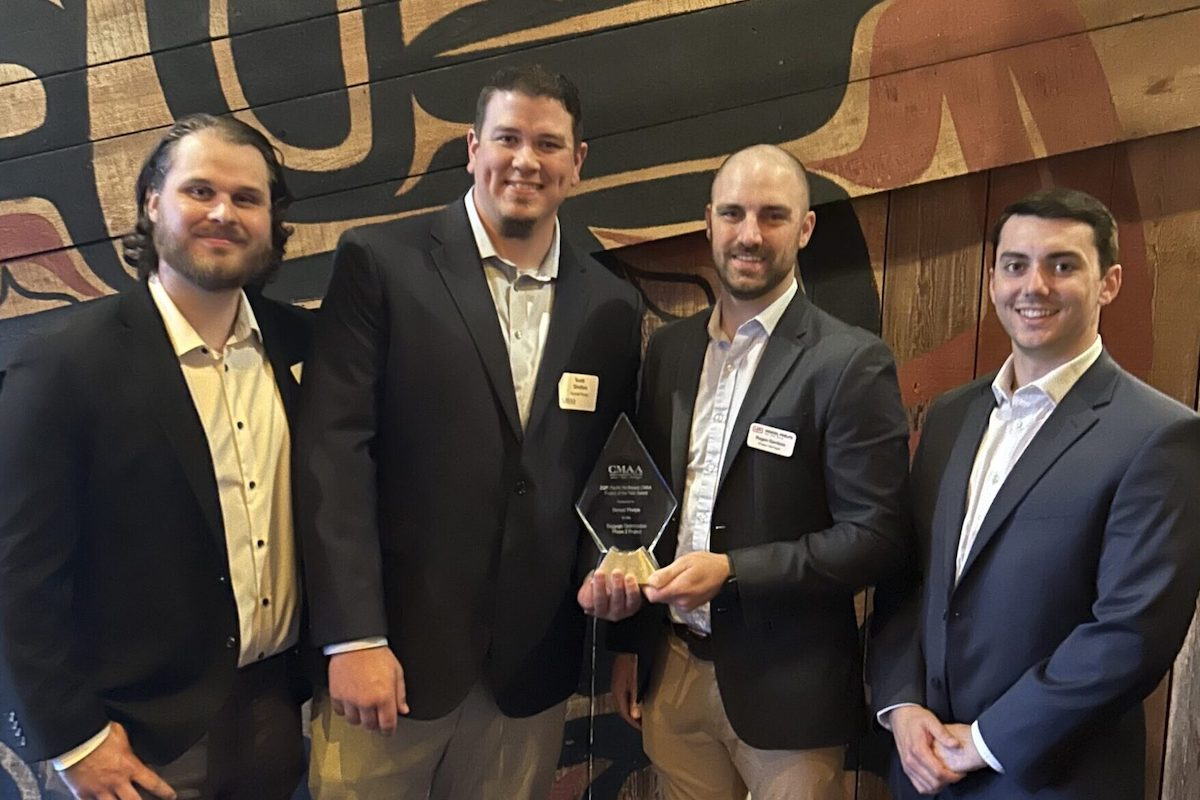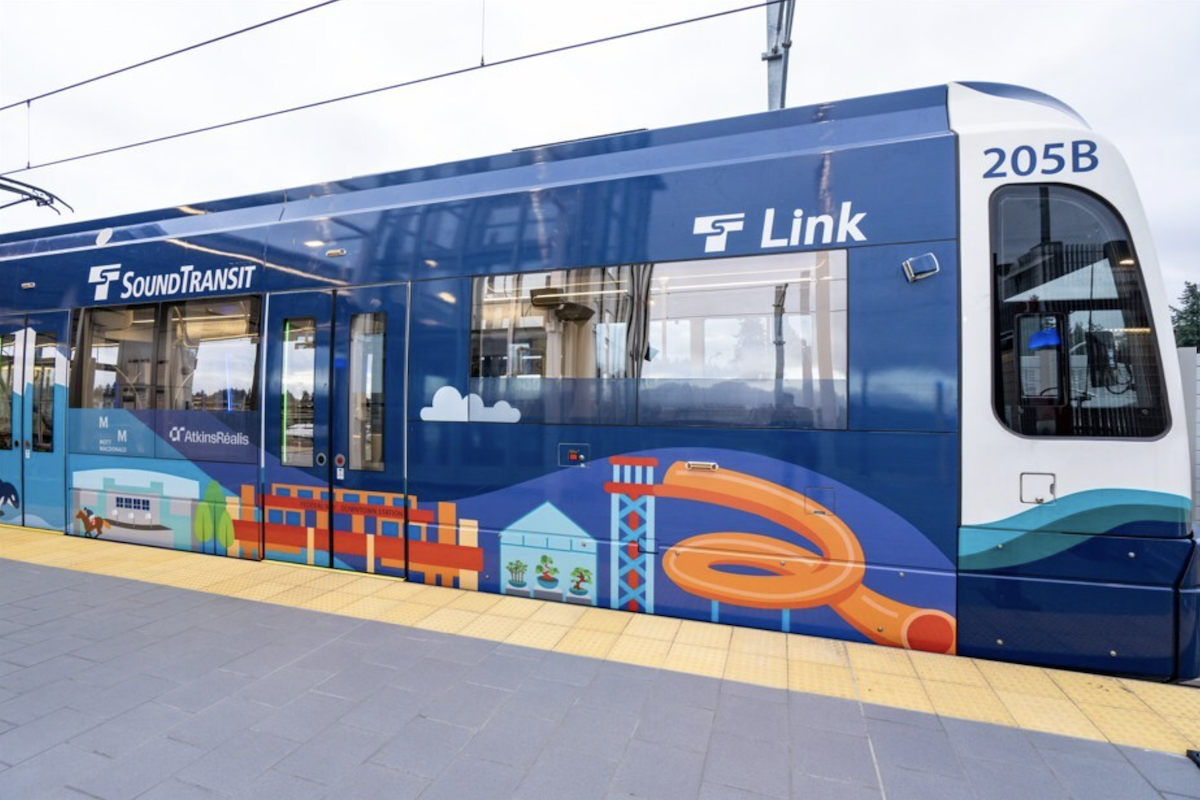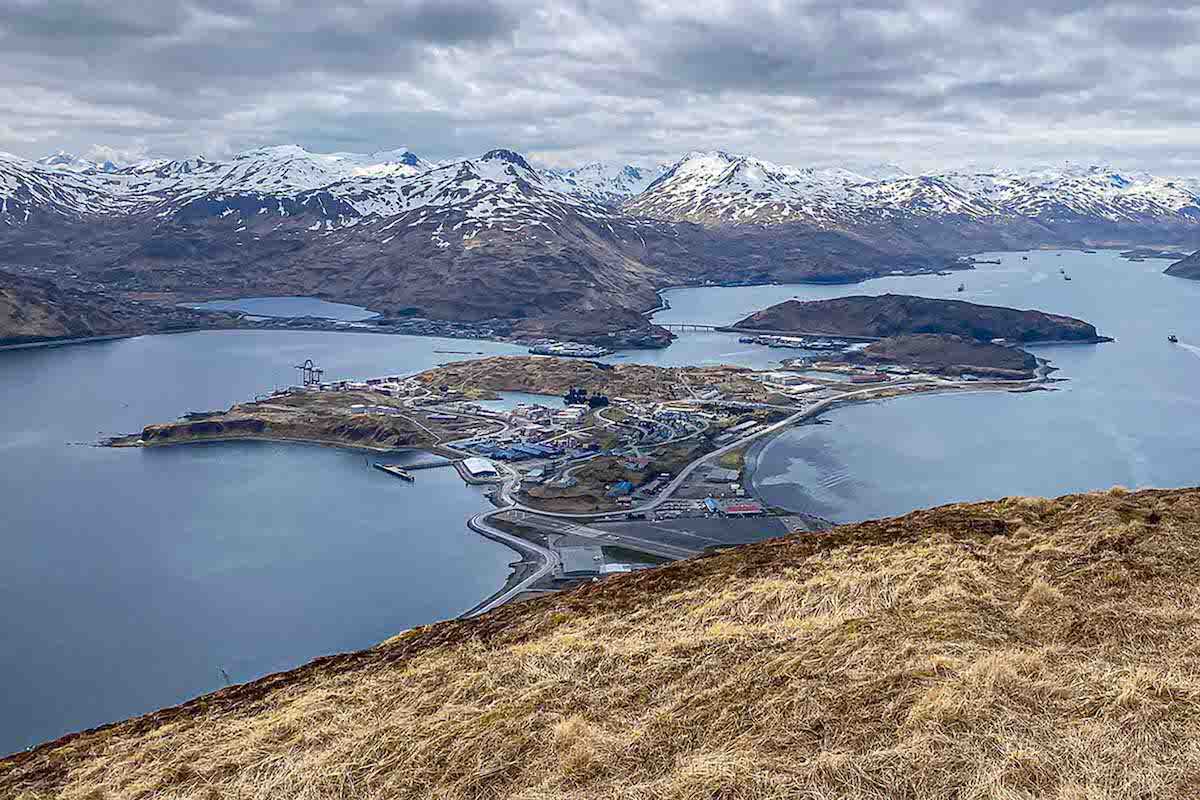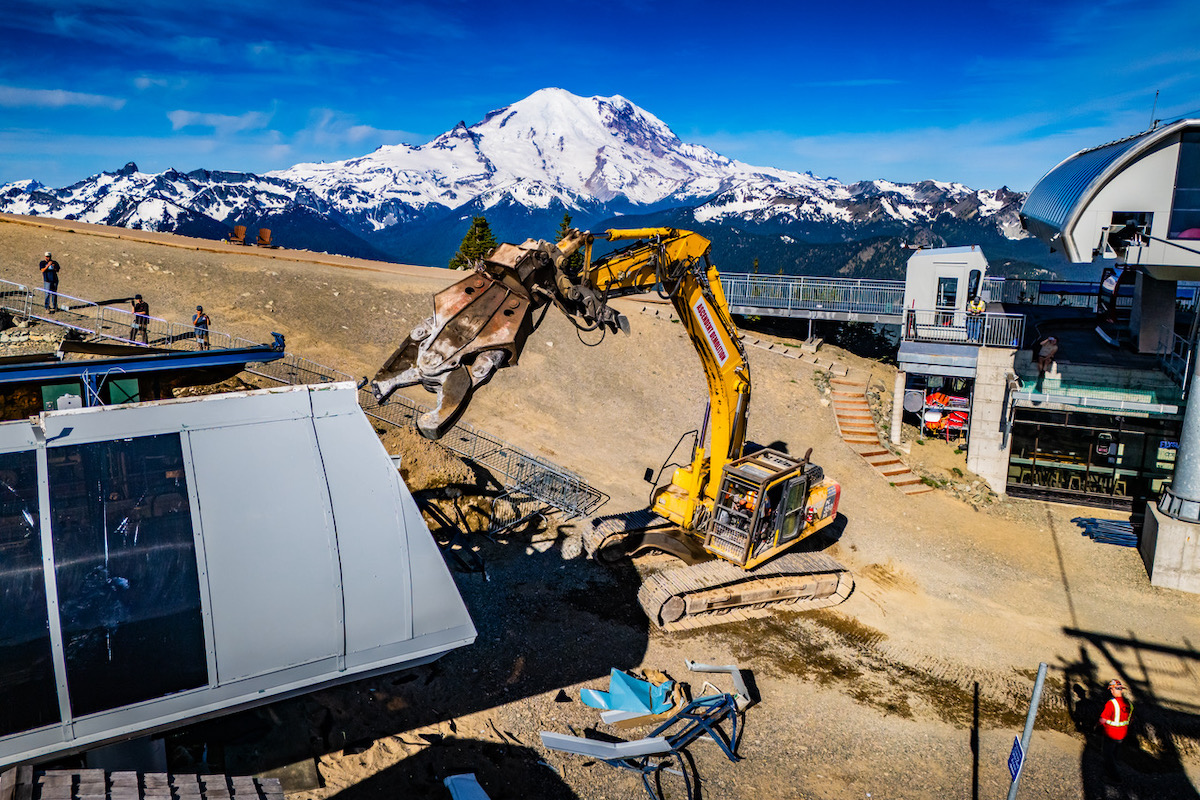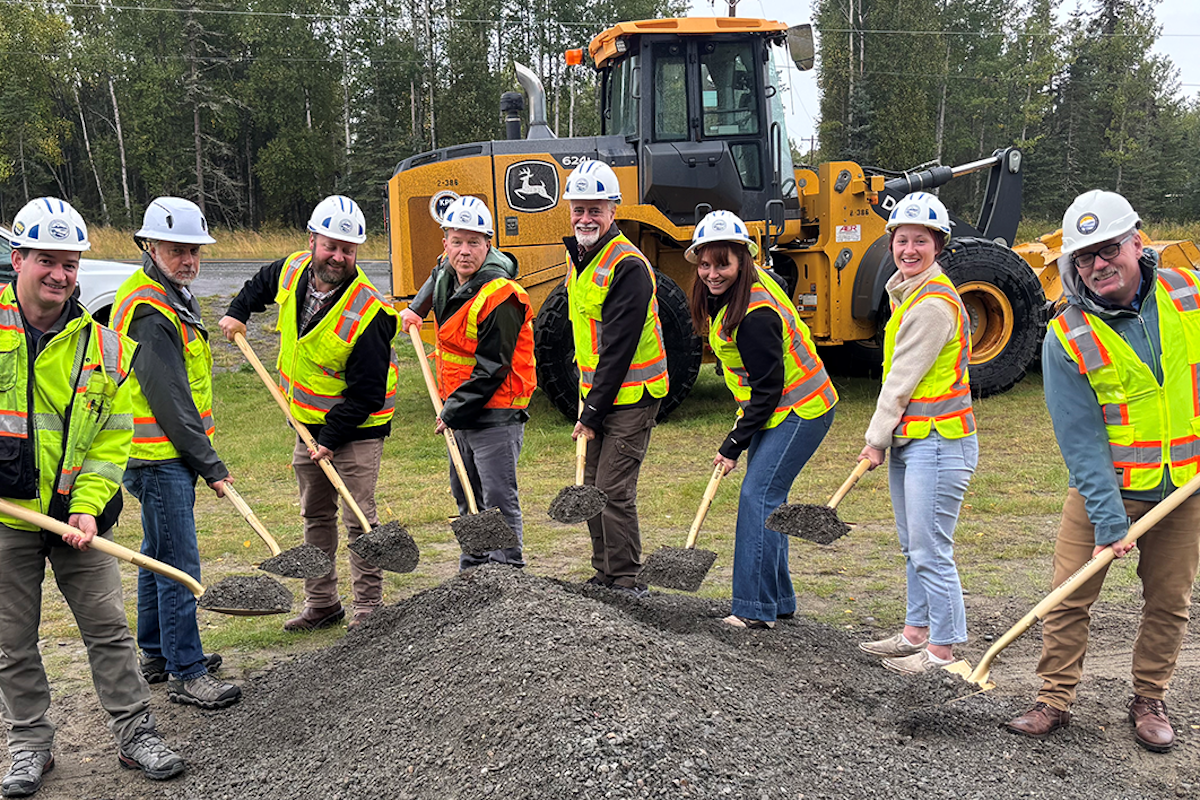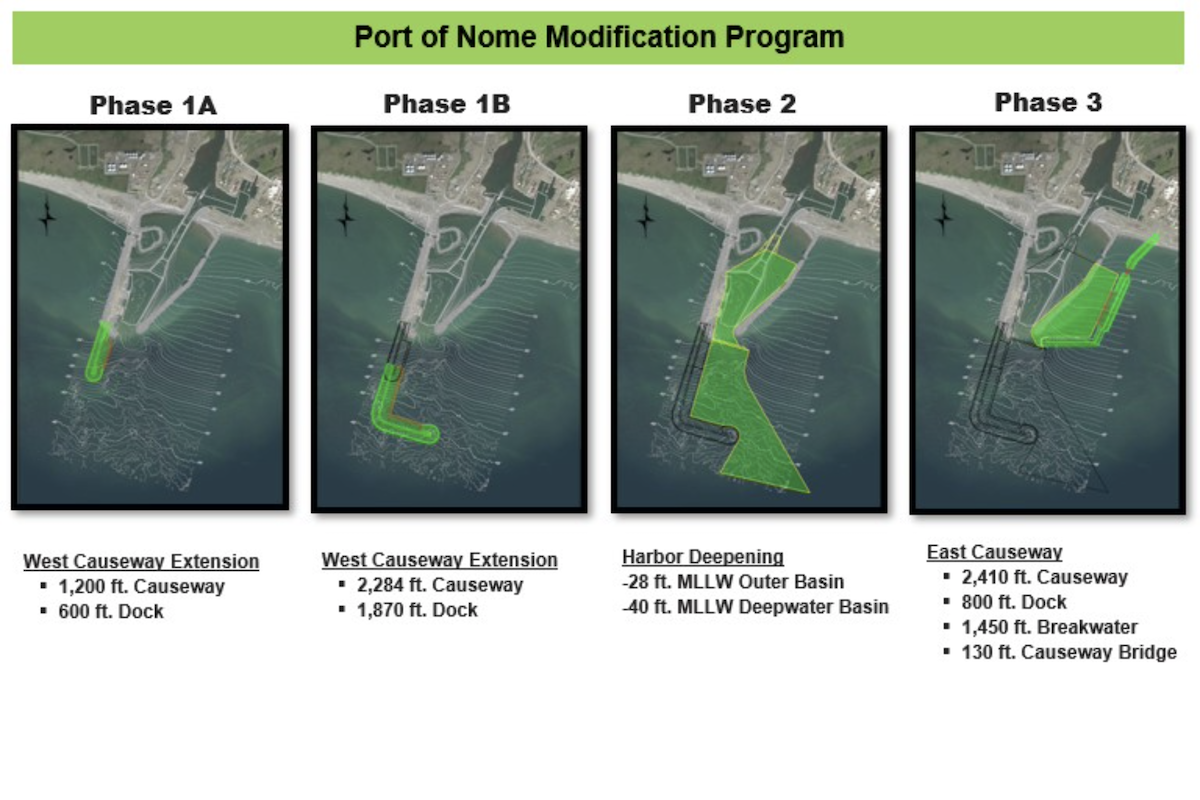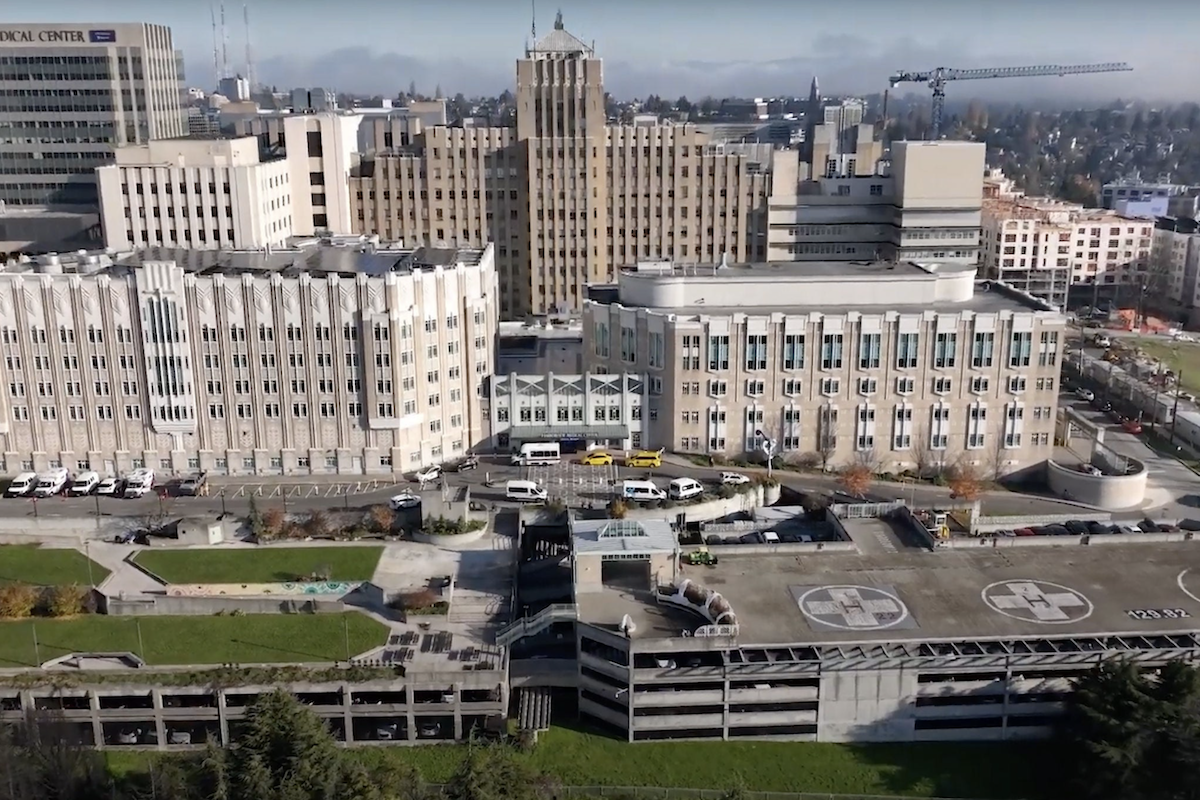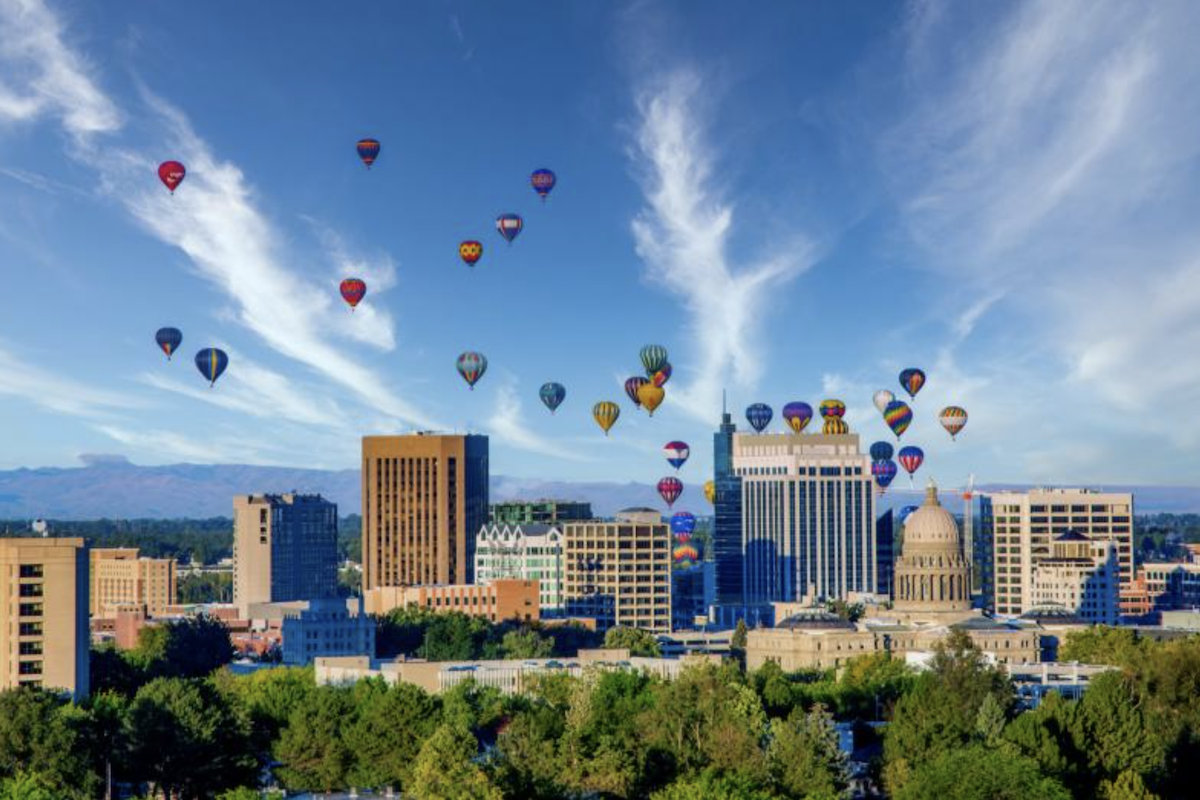When the Spaghetti Bowl was originally constructed between 1969 and 1971, the local county had a population of approximately 130,000. Today, it stands at close to 500,000. The roadway was designed to accommodate about 90,000 vehicles daily. Today, the average daily traffic count is 260,000 vehicles, and it’s expected to grow to approximately 330,000 vehicles by 2040.
The area regularly experiences congestion and travel delays. As the massive increase in usage explains the congestion and travel delays, the issue is exacerbated by the crash rates throughout the project limits, which are as much as 150 percent of the statewide average.
Since it’s the biggest interchange in Northern Nevada, the Spaghetti Bowl is also important economically. I-80 is a key east-west freight route that goes from California to New Jersey and I-580 connects Carson City to Reno. The corridor is viewed as critical to local and regional trade as the region is expected to see an influx of commercial enterprises.
NDOT has identified weaving as the main issue leading to crashes. “We want to minimize the focus of weaving by spreading out the existing interchanges that are the focus of this project,” says Devin Cartwright, a Project Coordinator for NDOT who was involved with the design of the project.

| Your local Bobcat dealer |
|---|
| Pape Material Handling |
Three interchanges are being impacted by the project. Existing interchange ramp spacing varies at approximately 500 feet, 1,000 feet, and 1,300 feet each. Upon completion of the project, one weaving section will be eliminated by braiding the two conflicting interchange ramps, one will be lengthened to 1,700 feet and the third will be expanded to 2,600 feet apart.
Other elements of the project include striping and signing eastbound I-80 so that two lanes are dedicated to the southbound exit to I-580. “While it may not seem like an intuitive improvement, we’re taking away an existing auxiliary lane,” Cartwright says. “The existing lane setup is continuous and uninterrupted which forces all the eastbound to southbound traffic to merge and change lanes.” He adds that vehicles have to get over to the auxiliary lane.
However, by revising the eastbound I-80 lane assignments, eastbound I-80 vehicles headed to southbound I-580 will be able to head south with one fewer lane change. This leads to a reduction in crossing, making for safer and more efficient movement.
Further easing the existing traffic backup, the eastbound I-80 exit ramp to southbound I-580 will be widened to two lanes from one.
On southbound I-580/U.S. 395, NDOT will be reinstating a third I-580 southbound lane at I-80. Cartwright notes the lane was temporarily being used for the westbound I-80 to southbound I-580 ramp.

| Your local Superior dealer |
|---|
| Westate Machinery Co |
Alexander adds that sourcing the proper PPE was also difficult. “We had to figure out new ways to safely get our employees to their work sites, but we were able to keep working through the entire pandemic,” Alexander says.
Work in the area has a huge impact on the traveling public. Therefore, NDOT worked with the contractor to have the least amount of phasing as possible. “This makes it easier on drivers because it means there are less changes they have to get used to,” says NDOT Project Manager Sajid Sulahria.
It also helps with safety. “We’ve seen that multiple traffic shifts create their own hazard,” says NDOT Resident Construction Engineer Alma Piceno-Ramirez, who is overseeing construction. “The traffic has to adjust to seeing something different.”
The team is required to keep the mainline traffic open except for intermittent overnight closures or weekend closures. “We borrowed real estate from northbound part of the highway and slowly move southbound lanes to northbound lanes to give the contractor the space they need,” Piceno-Ramirez says.
Another challenge the team has dealt with is demolishing a bridge that runs over the Truckee River, a protected body of water. “No debris is allowed to enter the river, so a conventional demolition process could not be performed,” Alexander says. The contractor removed the bridge piece by piece by saw-cutting it.

| Your local Trimble Construction Division dealer |
|---|
| SITECH Northwest |
Demolition in general has been an issue. Besides the normal safety concerns, there’s a desire to maintain pedestrian and bike lane access. When the team has marathon weekends, they work straight through from Friday evening to Monday morning. They have full closures of the local roads to better handle things like bridge demolitions.
During these weekends, the contractor often provides a shuttle service to move people from one side of the I-580 corridor to the other (one side includes retail outlets). If such a service was not provided, pedestrians would have to walk several miles to safely travel to the other side. “During the peak of COVID, the contractor provided a taxi service rather than a shuttle in order to minimize the amount of people gathered,” Sulahria says.
To keep the public up to date on all relevant information including closures, NDOT sends weekly texts and project update e-mails.
“By completing the project one year ahead of the original vision, we also reduce societal costs including traffic crashes, emergency response, lost time and productivity,” says Meg Ragonese, an NDOT Public Information Officer.
The project was awarded at $182 million (this amount does not include contract administration services) and is being funded with a combination of state and local Regional Transportation Commission funds. Although change orders are common in such large projects, the team is on track with the overall budget.

| Your local Volvo Construction Equipment dealer |
|---|
| PacWest Machinery |
This phase of the project construction began in August 2020 and is scheduled to be substantially complete in December 2022. Full buildout of future phases of the Reno Spaghetti Bowl improvements is not expected to be complete until 2039 and depends on funding availability.
When this first phase of the project is completed, travelers on the Spaghetti Bowl will experience less congestion and improved safety. It will help Reno and the entire state to continue to grow and thrive.


















